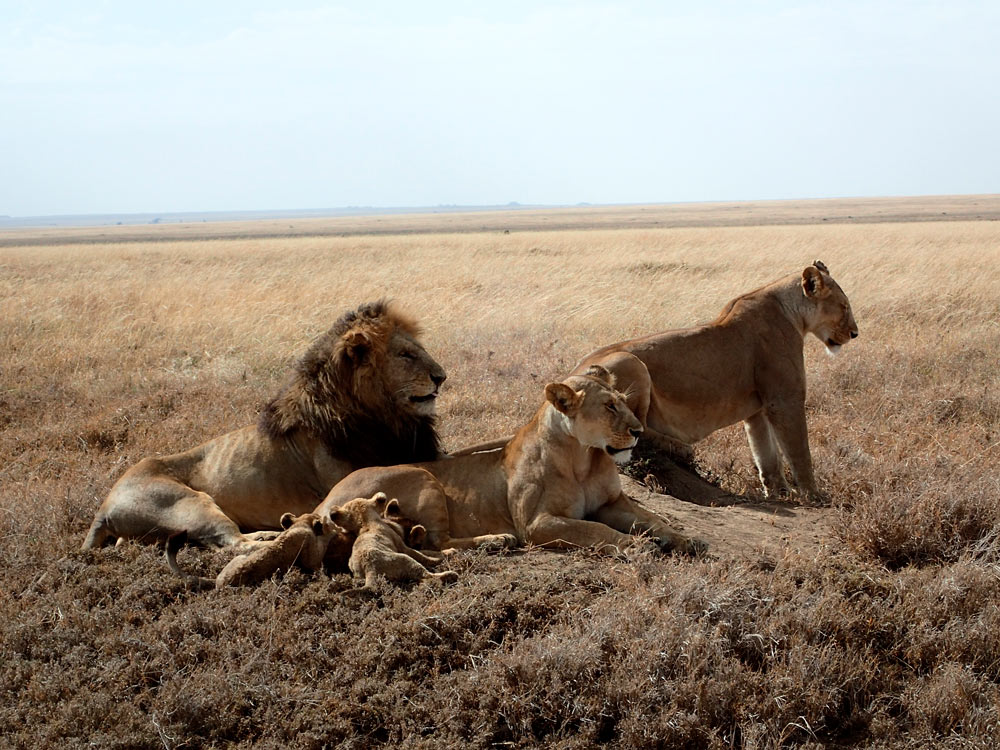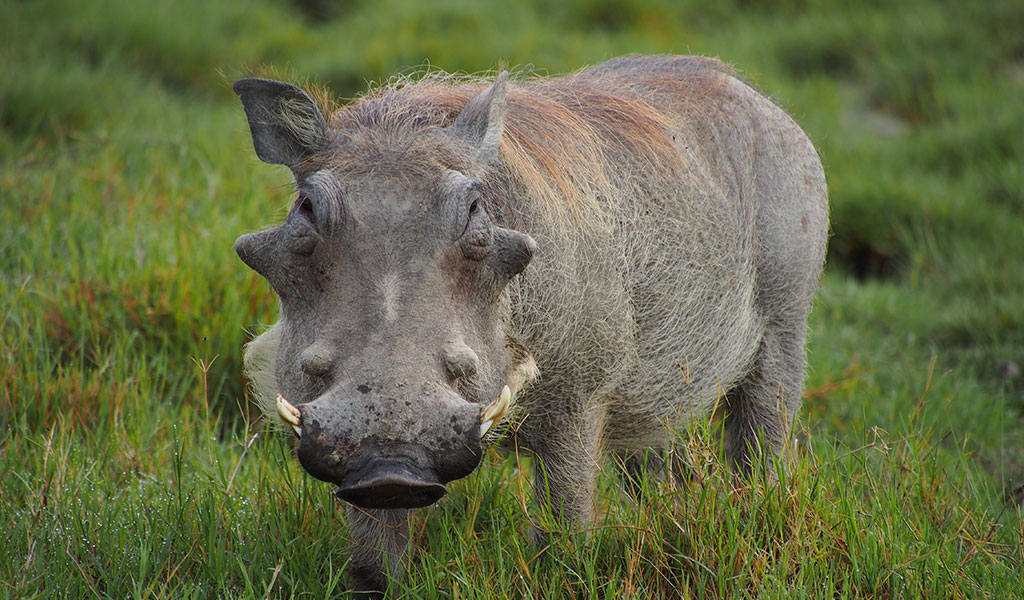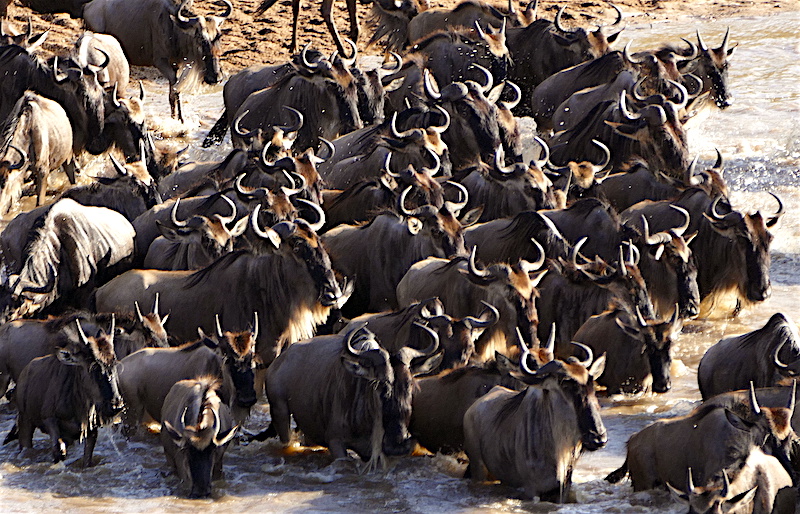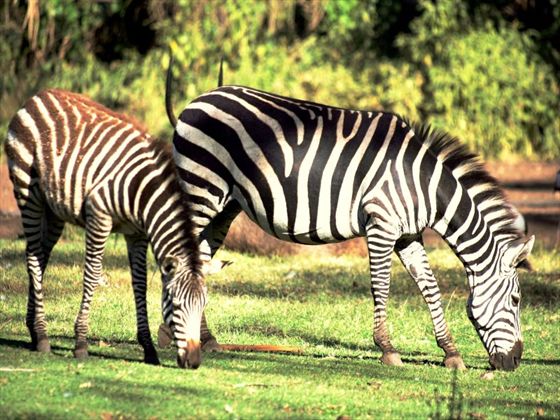Tanzania is home to diverse and vibrant cultures, distinct landscapes, natural gems and world wonders. From the spectacular annual migration of over a million wildebeest and zebra that takes place in the Serengeti, to the “garden of Eden of East Africa”, known as the Ngorongoro Crater, and the enchanting Mahale Mountains where wild chimpanzees freely roam, Tanzania truly marks itself as the top safari destination in the world.
Experience first-hand the majestic and untamed wilderness that runs, stalks and hunts for survival. Be awed by the vivid beauty that can only be experienced as you immerse yourself in the bush experience. As you cruise freely through the endless plains, watch the sunset transform the sky into a mesmerizing orange haze, and listen to the sounds of the surrounding wilderness that lull you into a dreamlike reality—you will truly come to love this place we call home.





